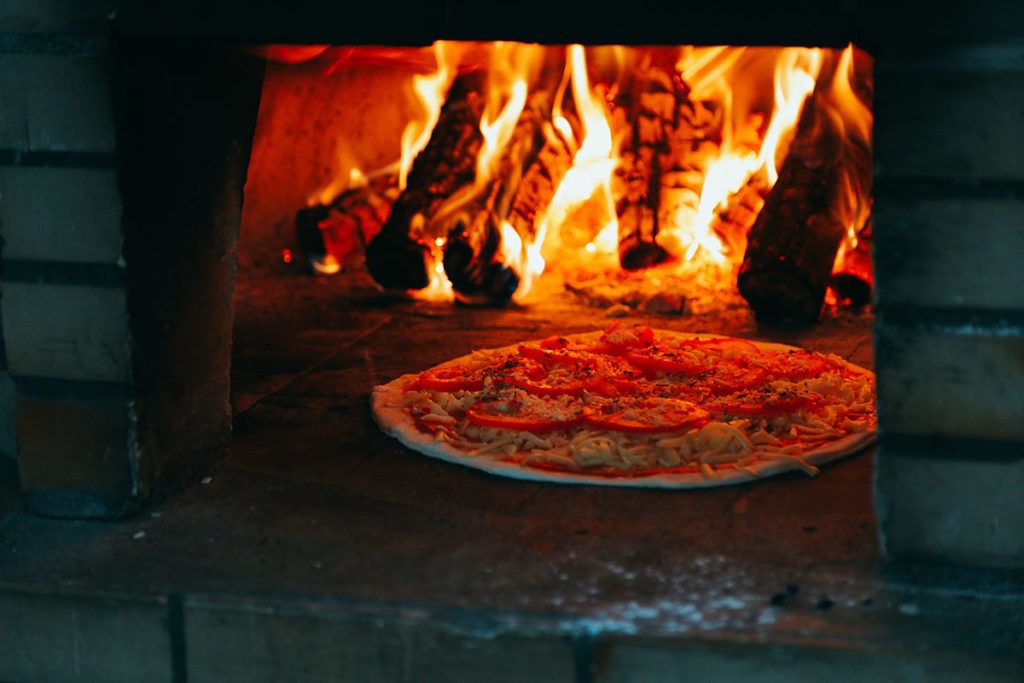We are continuing our series of small changes that make a big difference by looking at overheads.
Last time we explored how you could save on energy costs when refrigerating stock, and continuing in that light, we’ll look at another aspect of energy consumption.
Restaurants use about 2.5 times more energy per square foot than any other type of commercial building. Your ovens, hobs, fryers and other cooking equipment aren’t entirely to blame – it is difficult to run a restaurant without them! But a few changes in the way you use them and manage them can make a significant impact on your bottom line.
15 Ways To Save On Heating Costs
- New cooking appliances come with an energy label showing their energy efficiency class. These range from A+++ to G for range hoods and ovens. For ovens, these ratings are based on their energy efficiency.
- For range hoods, in addition to the energy efficiency of the appliance, the efficiency of the extraction, integrated lighting system and grease filtering system is also taken into account.
- By investing in the most energy-efficient ovens, a restaurant can save hundreds of pounds/euros in the course of a year.
- Upgrading your deep fryer to an energy-efficient model will not only save you energy costs, it will save you money on fryer oil as well. New high-efficiency fryer models experience less scorching, which extends the life of your oil.
- Work out the length of time it takes to get the oven up to temperature. Don’t turn it on until just before it is needed.
- Close the door! Your profits are literally evaporating if you operate a steamer or oven with its door open. Every second an oven door is open, the temperature drops between 3o and 10o Centigrade – so you will burn energy unnecessarily getting the temperature back up again.
- Do not use two ovens when one will do. For example, you should bake products requiring the same temperature in one oven.
- Do not preheat the oven unless this is stated as necessary for baking products in the recipe. Do not set the temperature higher than stated in the recipe – this will not heat up the oven any faster!
- Don’t use aluminium foil in baking and roasting. The foil reflects the oven’s heat and the foil itself is wasted.
- Replace the seals on ovens doors if, on the same principle as replacing fridge door seals. Otherwise you’re letting expensive heat escape.
- Put a lid on it! Cover pots with lids when cooking to conserve heat, boost efficiency and shorten cooking times.
- Steam tables waste energy so do not preheat them longer than necessary and switch them off as soon as they are no longer needed.
- Ensure foods are as dry as possible when frying. A large amount of energy is required to change water drops or ice on frozen products to steam. Food such as potatoes and chicken can be partially cooked by steam and then finished and browned in a fryer.
- Keep all coils of heating and cooling equipment free of dust and make sure they are accessible for easy cleaning.
- Extractor fans use a lot of energy but they can also save a lot of energy. Don’t turn them on automatically when you enter the kitchen. Do turn them on to keep the ambient temperature down as this will reduce the energy consumption of your grab-and-go fridges, coolers etc.
Coming next: tips to reduce electricity usage.









